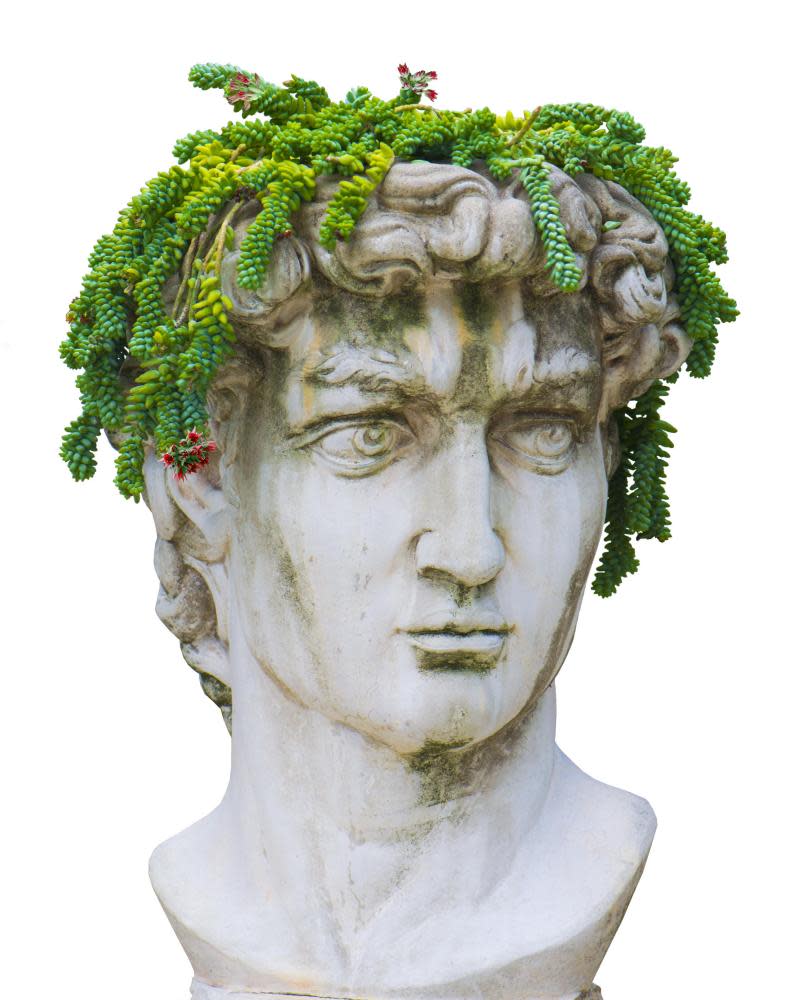Don’t worry about Latin names or Victorian rules

To the uninitiated, the world of horticulture can seem like a daunting place, full of unpronounceable Latin names, unfathomably complex pruning rules and the constant fear of killing everything in your care if you deviate even slightly from them. These doubts can serve as a really effective barrier to would-be newbies from experiencing one of the most rewarding, uplifting and therapeutic of arts. But trust me as a botanist when I tell you it simply doesn’t have to be this way.
Religiously adding a layer of crocks to the bottom of pots actually impedes drainage
First things first – what about all those strict Victorian rules? Well, here’s a simple truth. When actually tested scientifically, many of the most long-held gardening “rules” are either based on limited evidence that is not applicable to modern, domestic gardens or, frankly, may even give you worse results. For example, religiously adding a layer of crocks to the bottom of pots actually impedes drainage. Laboriously “double digging” your flower beds each autumn has been shown to degrade soil structure, and following meticulous Victorian rose-pruning rules gives you fewer flowers the next year than simply whacking new growth back with electric hedge clippers.
Now, I am absolutely not saying that all gardening advice should be disregarded – far from it. But it should be reframed as “tips and tricks”, which could potentially give you better results, not hard and fast “rules” that must be followed to the letter or risk catastrophe.

Secondly: Latin is a dead language. There are no ancient Romans around to correct you and, even if there were, the empire was so enormous, encompassing such a vast diversity of cultures, the chances are that however you pronounce them, there would have been a Roman who would have said them just like you. I mean, frankly, botanical Latin isn’t even really “true” Latin, but a random hodgepodge of ancient Greek and Latin, plus a hefty dose of a myriad of other languages from Russian and German to Chinese and Indonesian. So I promise you there is categorically no “correct” way to pronounce these “Latin” names.
However, using the accurate scientific name, however you say it, is often the only way to get the correct ID on the plant you are looking for, so giving it a go can save you a lot of time, money and confusion. Nursery growers will thank you.
Finally, and this is probably the most important one: do not be afraid of killing plants! Over millions of years plants have evolved all sorts of ingenious strategies to overcome even the harshest environmental conditions, with zero help from horticulturists. In most cases, given light and water levels even very roughly similar to their native habitat, they will be perfectly happy to get on with it. If they do die, then just try something else. I’d go further, in fact. I’d say killing plants is the only way you’ll really learn what works and what doesn’t. I’ve killed hundreds, perhaps thousands in my time. The only secret of a green thumb is to dust yourself off and try again. In gardening there are no mistakes, only experiments. So go out there and start experimenting.
Follow James on Twitter @Botanygeek

 Yahoo Finance
Yahoo Finance 